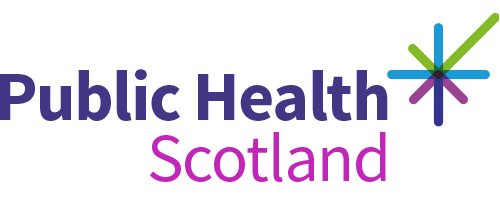- Published
- 17 October 2024
- Journal article
Understanding hospital rehabilitation using electronic health records in patients with and without COVID-19
- Authors
- Source
- BMC Health Services Research
Abstract
Background
Many hospitalised patients require rehabilitation during recovery from acute illness. We use routine data from Electronic Health Records (EHR) to report the quantity and intensity of rehabilitation required to achieve hospital discharge, comparing patients with and without COVID-19.
Methods
We performed a retrospective cohort study of consecutive adults in whom COVID-19 testing was undertaken between March 2020 and August 2021 across three acute hospitals in Scotland. We defined rehabilitation contacts (physiotherapy, occupational therapy, dietetics and speech and language therapy) from timestamped EHR data and determined contact time from a linked workforce planning dataset. Our aim was to clarify rehabilitation required to achieve hospital discharge and so we excluded patients who died during their admission, and those who did not require rehabilitation (fewer than two specialist contacts). The primary outcome was total rehabilitation time. Secondary outcomes included the number of contacts, admission to first contact, and rehabilitation minutes per day. A multivariate regression analysis for identifying patient characteristics associated with rehabilitation time included age, sex, comorbidities, and socioeconomic status.
Results
We included 11,591 consecutive unique patient admissions (76 [63,85] years old, 56% female), of which 651 (6%) were with COVID-19, and 10,940 (94%) were admissions with negative testing. There were 128,646 rehabilitation contacts. Patients with COVID-19 received more than double the rehabilitation time compared to those without (365 [165, 772] vs 170 [95, 350] mins, p<0.001), and this was delivered over more specialist contacts (12 [6, 25] vs 6 [3, 11], p<0.001). Admission to first rehabilitation contact was later in patients with COVID-19 (3 [1, 5] vs 2 [1, 4] days from admission). Overall, patients with COVID-19 received fewer minutes of rehabilitation per day of admission (14.1 [9.8, 18.7] vs 15.6 [10.6, 21.3], p<0.001). In our regression analyses, older age and COVID-19 were associated with increased rehabilitation time.
Conclusions
Patients with COVID received more rehabilitation contact time than those without COVID, but this was delivered less intensively and was commenced later in an admission. Rehabilitation data derived from the EHR represents a novel measure of delivered hospital care.
Rights
This article is licensed under a Creative Commons Attribution 4.0 International License, which permits use, sharing, adaptation, distribution and reproduction in any medium or format, as long as you give appropriate credit to the original author(s) and the source, provide a link to the Creative Commons licence, and indicate if changes were made. The images or other third party material in this article are included in the article’s Creative Commons licence, unless indicated otherwise in a credit line to the material. If material is not included in the article’s Creative Commons licence and your intended use is not permitted by statutory regulation or exceeds the permitted use, you will need to obtain permission directly from the copyright holder. To view a copy of this licence, visit http://creativecommons.org/licenses/by/4.0/.
Cite as
Georgiev, K., Doudesis, D., McPeake, J., Fleuriot, J., Anand, A., Mills, N. & Shenkin, S. 2024, 'Understanding hospital rehabilitation using electronic health records in patients with and without COVID-19', BMC Health Services Research, 24, article no: 1245. https://doi.org/10.1186/s12913-024-11665-x
